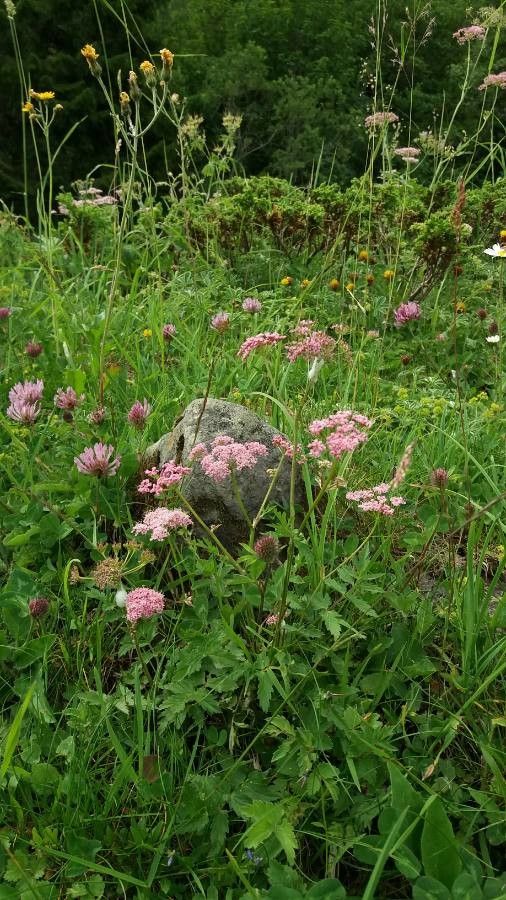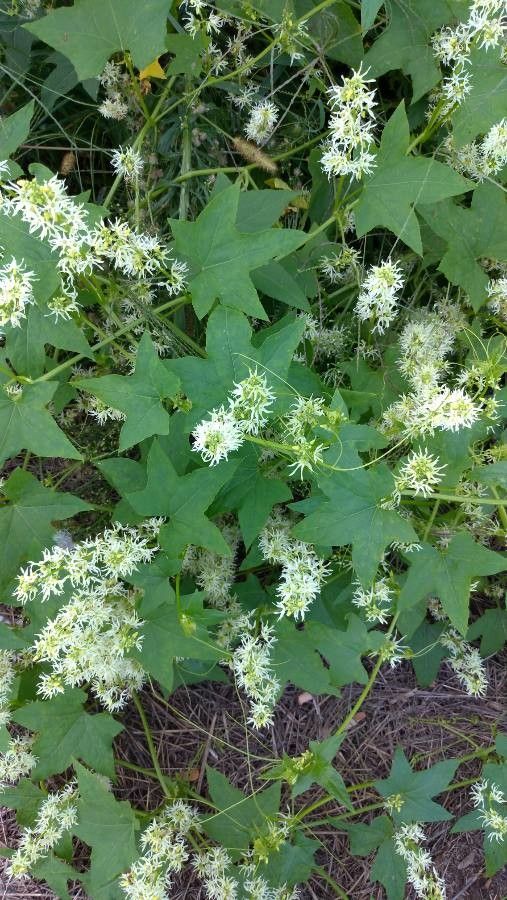## Marshmallow: A Gentle Giant of the Plant World
The marshmallow plant, *Althaea officinalis*, isn't the fluffy confection you might be thinking of. This fascinating member of the Malvaceae family (the same family as hibiscus and cotton!) is a hardy herbaceous perennial prized for its medicinal properties and delicate beauty. While its sweet-tasting roots were historically used to create the original marshmallows, today it's valued for its soothing and healing qualities.
### Habitat and Growth
Marshmallows thrive in moist, well-drained soil, mirroring their natural habitat in marshy areas and along riverbanks. They prefer full sun to partial shade, tolerating a range of conditions but flourishing best in consistently damp, rich earth. These plants are relatively low-maintenance, reaching heights of 3-5 feet with attractive, pale pink or white flowers.
### Soil Needs and Sun Exposure
The key to successful marshmallow cultivation lies in providing consistently moist soil. Amend heavy clay soils with organic matter like compost to improve drainage and aeration. Sandy soils may require more frequent watering. As mentioned, the plant tolerates full sun, but some afternoon shade in hotter climates is beneficial. Avoid dry conditions, which can significantly stress the plant.
### Propagation and Planting
Marshmallow plants can be propagated from seeds or by root division. Seeds are best sown directly outdoors in spring after the last frost. For root division, carefully dig up established plants in early spring or autumn, separating the roots and replanting them. Ensure the roots are kept moist during transplanting.
### Medicinal Uses and Harvesting
The marshmallow plant has a rich history of use in traditional medicine. Its roots contain mucilage, a polysaccharide that forms a soothing gel when mixed with water. This mucilage is effective in relieving coughs, sore throats, and digestive issues. The roots are typically harvested in the fall, cleaned, dried, and then used to make teas, tinctures, or other remedies. Always consult with a healthcare professional before using marshmallow root for medicinal purposes, particularly if you are pregnant, breastfeeding, or taking other medications.
### Marshmallow in the Garden
Beyond its medicinal benefits, the marshmallow plant offers ornamental value. Its delicate flowers attract pollinators, adding a touch of natural beauty to gardens and borders. Its height and attractive foliage make it a worthwhile addition to cottage gardens or wildflower meadows.
### Growing Marshmallow: Tips for Success
* **Consistent moisture:** This is crucial; don't let the soil dry out.
* **Well-drained soil:** Avoid waterlogging.
* **Full sun to partial shade:** Adjust based on your climate.
* **Mulch:** Helps retain moisture and suppress weeds.
* **Regular weeding:** Keep the area around the plant clear.
By following these guidelines, you can successfully cultivate this versatile and historically significant plant, enjoying both its beauty and its potential health benefits.
Marshmallow Plant: Guide to Growing & Care

Frequently Asked Questions
How to grow marshmallow plants from seed?
Sow seeds directly outdoors in spring after the last frost. Plant them about ½ inch deep and keep the soil consistently moist. Thin seedlings to allow adequate spacing.
What are the medicinal benefits of marshmallow root?
Marshmallow root contains mucilage, which soothes irritated mucous membranes. It's traditionally used for coughs, sore throats, stomach ulcers, and other inflammatory conditions. Always consult a healthcare professional before using it medicinally.


